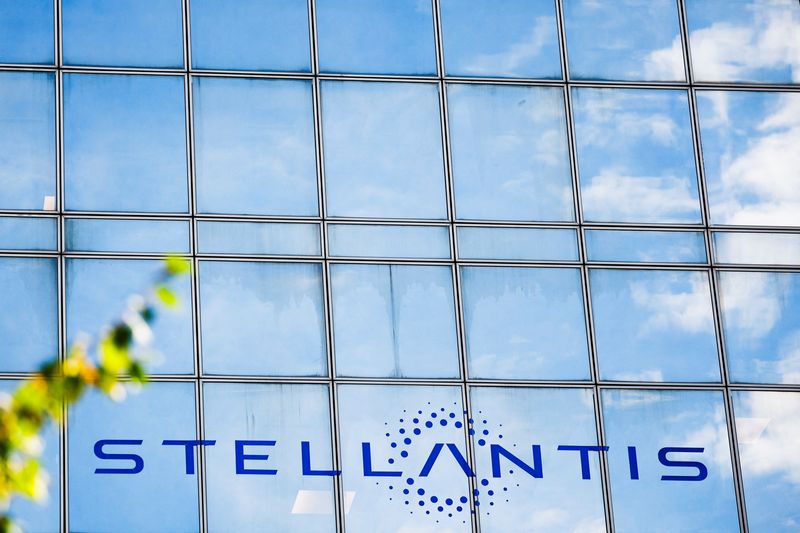An investment strategy includes a set of rules or principles that investors use to achieve their goals. Usually, investors have investment strategies for their portfolios to help them maximize returns while also minimizing risks. There are several factors that an investment strategy may consider. These include the investor’s goals, risk tolerance, time horizon, etc.
There are several investment strategies from which investors can choose. These strategies don’t relate to individual investors only. It may also be beneficial to institutional investors, such as pension funds, mutual funds, etc. One common investment strategy used by pension funds is liability-driven investing or liability-driven investing.
What is Liability Driven Investing?
The term liability-driven investing (LDI) refers to an investment strategy. With this investment strategy, investors try to obtain enough assets to cover all their liabilities, whether current or future. As mentioned, a liability-driven investing strategy is most common in pension plans, specifically defined-benefit schemes. With these plans, the liabilities can significantly increase over time. Therefore, having enough assets to cover those liabilities is crucial.
Investors using the liability-driven investing strategy must estimate their current and future liabilities. Once they do so, they can work towards obtaining assets that can cover all those liabilities. For that, investors need to use asset management and allocation techniques. LDI is beneficial when investors don’t want to focus on beating a benchmark. Instead, it helps them improve their portfolios, which in this case will be the pension plan.
Why do investors use Liability Driven Investing?
The liability-driven investment focuses on stabilizing the underlying plans. Therefore, it seeks to minimize the risks and uncertainty associated with it. With defined-benefit plans, the benefits are predetermined. Therefore, investors can easily predict their current and future liabilities. However, the uncertainty comes with the contributions made to the plan.
With liability-driven investing, investors can focus on reducing the unpredictability of contributions made to the plan. It also seeks to minimize the impact of market fluctuations that cause uncertainty. For that, investors will need to match the interest rate sensitivity of a plan’s assets to its liabilities. Overall, investors can reduce the volatility of future contributions to a defined-benefit plan using the LDI strategy.
For individual investors, the liability-driven investing strategy can also be beneficial. For example, pensioners can use this approach to estimate their total income requirements for the future. They can then deduct any expected income in the future from this amount. The residual value will constitute their liabilities for the liability-driven investing strategy. Pensioners can then make investments to generate returns that meet these liabilities.
What is an example of Liability Driven Investing?
A retiree estimates they will need $15,000 annual income to meet their basic needs. However, they also expect to receive $10,000 from multiple sources, including Social Security and pension income. Nonetheless, it still leaves $5,000, which they must fulfill from other sources. Using LDI, the retiree needs to invest in an asset that will provide at least $5,000 annual income.
Conclusion
Liability-driven investing is an investment strategy through which investors can focus on collecting assets to meet their liabilities. This strategy is most common for defined-benefit plans. However, it is also beneficial for individual investors. Liability-driven investing can help investors minimize their risks and focus on reducing unpredictability.
Further questions
What's your question? Ask it in the discussion forum
Have an answer to the questions below? Post it here or in the forum




